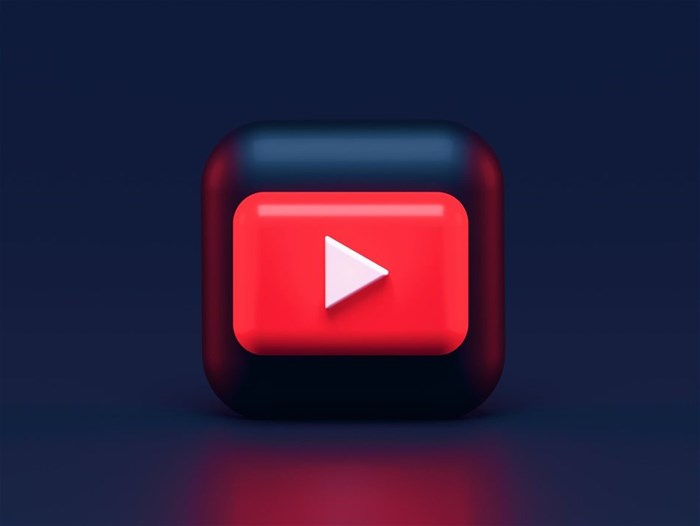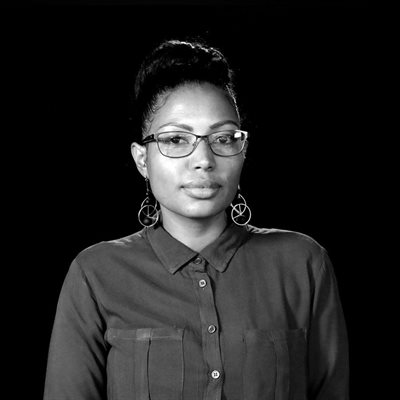Is YouTube being underutilised by South African brands?

How, when and why to use it as part of a marketing strategy is something brands tend to struggle with, and it is often reduced to a platform to populate only when ads and other video content is available.
With YouTube being the second most used platform in SA after WhatsApp, are brands missing out on a huge opportunity to connect with a much broader local audience?
Local YouTube statistics to consider
While YouTube might not be a priority for many businesses, there are some statistics you can’t (and shouldn’t) ignore. YouTube has certainly come a long way since its official 2010 launch in SA. Over the past few years, the channel and its use in SA has grown exponentially. In 2020 particularly, YouTube enjoyed the benefits of the increased screen time that resulted from lockdown and social distancing. Here are just a few stats:
- Between 2020 and 2021 YouTube overtook Facebook in terms of usage, likely due to cheaper data costs and greater accessibility to data
- YouTube is the third most visited website in SA
- The platform saw a 24% increase in visits during lockdown
- The Android app has an average of 43,900 downloads per month in SA
- According to Kantar, if YouTube were a TV channel, it would be the fourth largest channel in South Africa, since it currently has a higher viewership than SABC3 and any individual DSTV paid channel.
- And according to the Digital 2021 Report, YouTube has the largest potential advertising audience in SA, with 24 million potential users (one million more than Facebook).
How South Africans are using YouTube
Despite the slow start, there has been a definite rise in local content creators on the platform – further propelled by YouTube’s active collaboration with African creators. The top trending content creators in SA include MDM Sketch Comedy, The Ndlovus Uncut, Lasizwe and Leon Gumede – all who are enjoyed by SA audiences for their ability to make viewers laugh with high-quality sketch comedy and relatable storytelling.
South African audiences are getting a chance to see themselves represented in more ways – not just making content accessible but making diverse local stories accessible.
This quote by 10and5.com sums it up quite nicely:
The ‘golden age’ sub-culture of comedy skits and memes are redefining and democratising the internet. Minorities are able to see themselves reflected in a space that can often be alienating and aloof. Local ‘twelebs’ and the ‘instafamous’ bring awareness to current affairs – like the recent #Covid19 with the right amount of amusement to keep us all going (while we self-isolate).
Brands engagement on YouTube
People are watching more YouTube than ever — on mobile, laptops and even the TV. Brands should definitely get in on the views whilst being conscious of their presence on the platform. Because consumers expect a lot more from brands than faceless sales pitches and heavy-handed advertising these days. Thus, YouTube has emerged as a platform uniquely suited for forging genuine connections and fostering brand loyalty in creative ways.
Top brands on YouTube are proving daily just how rewarding a YouTube channel with a clear strategy can be. Some of the success behind brand engagement on YouTube lies in brands understanding what their particular audience wants or needs to see and hear. What’s great about YouTube is the growth of niche groups – fashion and beauty to motoring and farming. These days it’s less about “is my audience on YouTube?” and more about “what is my audience creating and consuming on YouTube – and how can we tap into that?”
Tips for approaching your YouTube strategy
YouTube is making it easier for brands to create their strategies with YouTube analytics, YouTube Playbooks, access to YouTube Trends and Culture and even a YouTube Space for Brands that offers a range of videos and courses (events) where brands and creators can learn how to leverage the power of YouTube. Other ways to really are to:
- Find creative ways to extend existing content. For example, if you have a podcast, why not film it?
- Take advantage of user-generated content. Brands like GoPro do a great job of showing their product through the eyes of their consumer – telling stories while showcasing the product beautifully.
- Use staff and other brand advocates – add genuine faces to your content by featuring your staff in different content formats.
- Use your audience insights to create content. For example, if you know the kind of questions your audience asks frequently, create videos answering these questions. B2B brand Accenture does this particularly well.
- Don’t be afraid to venture into new territory with content formats. Whether B2B or B2C, if brands apply themselves they could find ways to popular formats to increase interest and engagement.
There’s a variety of communities on YouTube and with a bit of creativity, brands can certainly reach theirs. Remember that viewers are willing to engage more with a brand that taps into the type of content they would like to see and creates conversations with them. Like every social platform, the key to success is listening to your audience, tuning into their actions and reactions and responding with content that resonates with them and factors in their interests and challenges.
The rewards of getting this right could be significant for brands, improving reach, presence, sentiment and ultimately, sales.
About the author

Nicole Van Wyk is a senior strategist at Clockwork
- Edward Snell and Co. recognised as the number one spirits supplier in South Africa 18 Mar 2025
- Transforming SA’s food landscape begins with a balanced breakfast, complete with whole grains 10 Mar 2025
- Clockwork awarded lead creative and media agency for Jaecoo 23 Oct 2024
- Crocs and Clockwork partner to deliver innovative PR and activations 17 Sep 2024
- Clockwork’s ‘Drunk Drivers Stay for Free’ with Aware.org wins at 2024 IAB SA Bookmark Awards 22 Aug 2024
 | ClockworkClockwork is a Johannesburg, Cape Town and London-based through the line agency focused on building meaningful connections with brands and their audiences. Independent. Integrated. Inspired. |